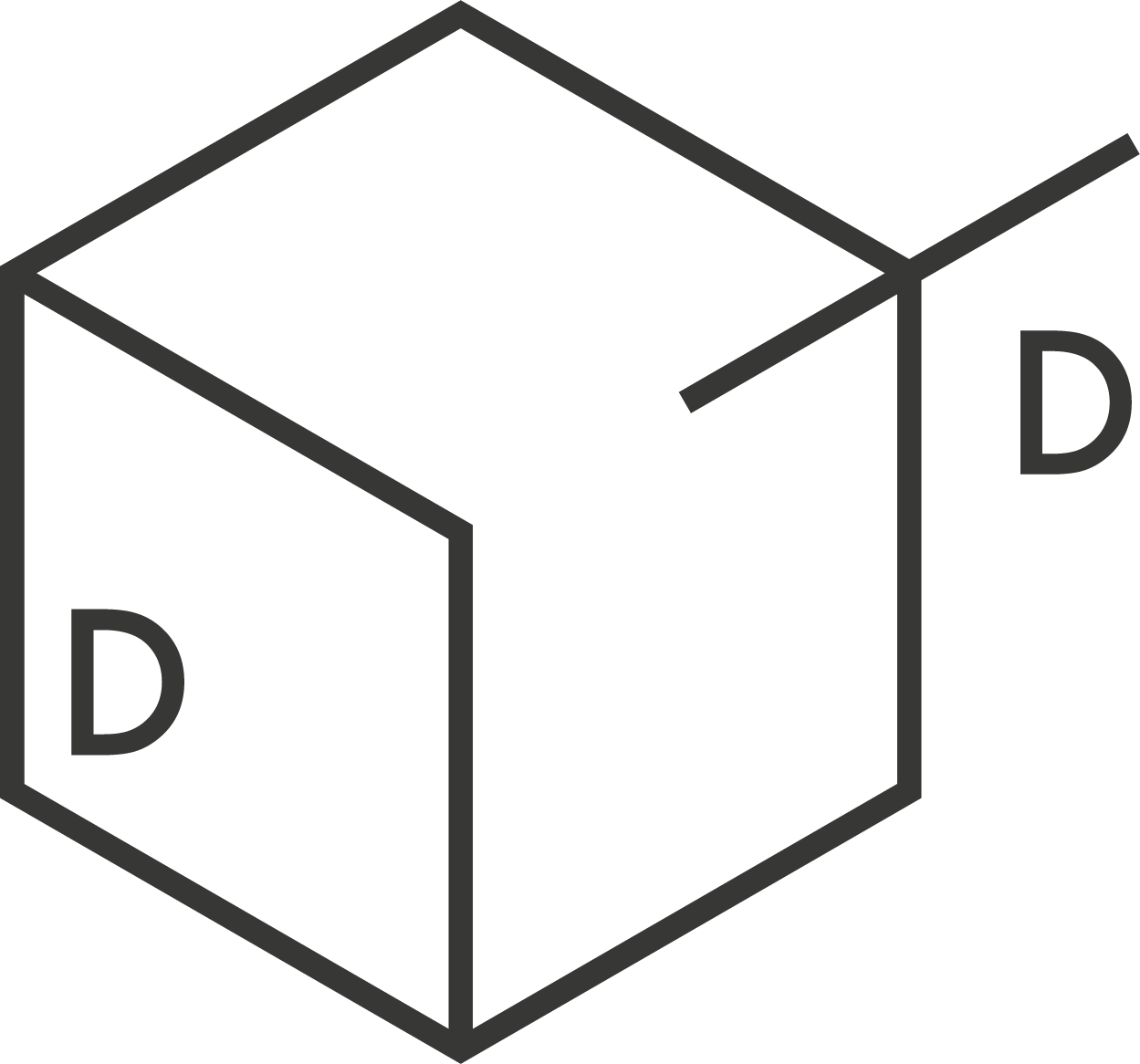To help you grasp our philosophy – the vision behind our working method – we need to start with our name: Dennis & Did. As it refers to the 18th century French writer and philosopher Denis Diderot and, more specifically, to his theory of the fourth wall (le quatrième mur).
This fourth wall is actually an imaginary one. A metaphor for a certain space between the actors on stage, playing their roles with passion and commitment, and their audience, in comfortable velvet seats, wanting to believe what they see. The fourth wall is, as such, an interspace – envision it as a projection screen – where the play becomes an autonomous universe; a world on its own, for the audience to explore and experience. The props – even if made out of cardboard or drawn with simple lines – become real things. The interpreted emotions – essentially nothing more than mimicry – become true feelings, authentic and pure. The use of a set of lights becomes a mesmerising sunset ⎯ the story becomes a new reality.
We believe that this theory, transferred to a strategy, is a very useful and meaningful way to shape and communicate the story behind a brand or identity – your brand, your identity – to a potential audience or clientele. The theory of the fourth wall allows us to create a new space: a specific environment – both concrete and conceptual – where your narrative is able to be unfolded. And where all its components are brought into play at the right moment, in the right position: consistent and harmonious. This ‘fourth wall’ – the one between you and your followers – becomes a virtual meeting place where you can come together, attentive and dedicated, and where the desired mood prevails. It helps you to share your exceptional story – believable and sensible.
Our faith in the fourth wall, as an outstanding strategy to absorb an audience, also taught us to be meticulous and complete. That’s why we never lift a curtain before we are convinced that the mis-en-scène is in the right condition, with all the elements thoughtfully arranged. Because we know that, as soon as the audience is drawn into the tail, their senses are sharpened and alert, and we want their experience to be total.

